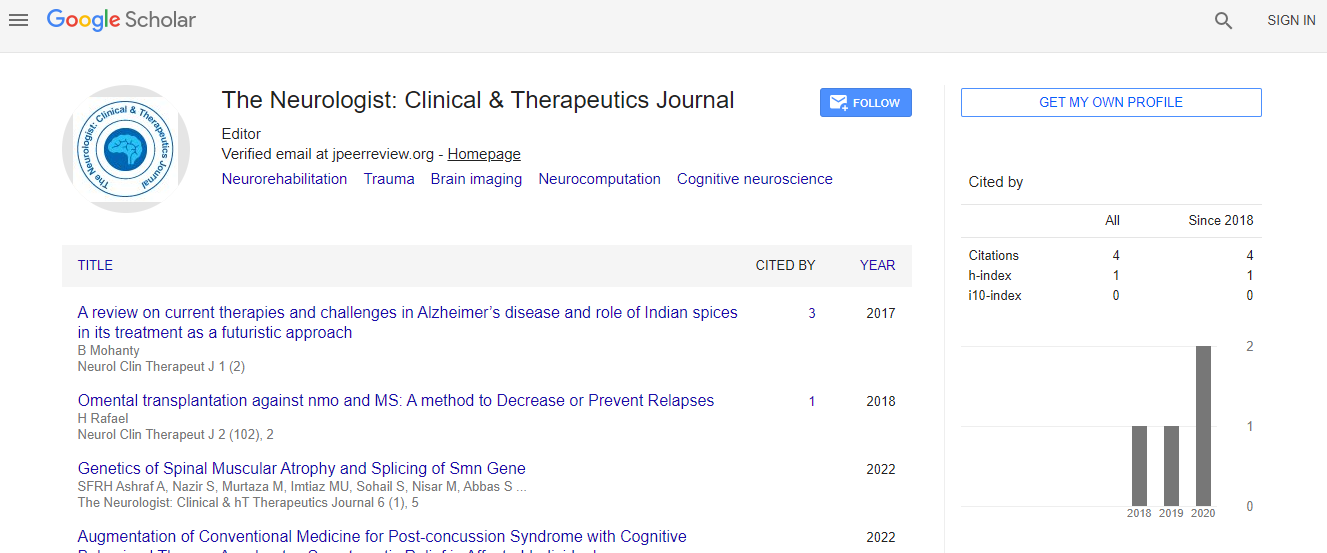Namaste Care program for maintaining quality of life in advanced dementia
*Corresponding Author:
Copyright: © 2020 . This is an open-access article distributed under the terms of the Creative Commons Attribution License, which permits unrestricted use, distribution, and reproduction in any medium, provided the original author and source are credited.
Abstract
Two common behavioral symptoms of dementia that often decrease quality of life for people with dementia and increase stress of their carers are agitation that occurs when the person is solitary, and rejection of care which may lead to reactive aggression. Agitation can be managed by providing meaningful activities on a daily basis. Rejection of care improves when people with dementia are used to touch. Namaste Care can reduce both agitation and rejection of care. There are two main principles of Namaste Care: (1) Providing a calm, comfortable environment and (2) Using loving touch approach to all interactions and offering activities of daily living (ADLs) as meaningful activities. This program was designed for people with advanced dementia, who cannot participate in traditional activities. The Namaste Care program takes place in a space that is a free from distractions as possible, lights are lowered, relaxing music is playing and the scent of lavender permeates the room. Residents are placed in reclining chairs, assessed for pain and a warm blankets are tucked around them. The loving touch approach is provided by the Namaste carer who gently massages the persons’ hands, arms and legs. Hair is lovingly brushed. The carer is not wearing gloves and is gently speaking to the resident as they are being offered these meaningful activities. People with advanced dementia become used to being touched and when they are not in the Namaste Care program, they rarely reject care. The calm environment and loving touch improve communication, decrease agitation and improve symptoms of depression. Namaste Care allows decrease of psychotropic medications and increases job satisfaction of caregivers. Families are encouraged to participate in Namaste Care, they visit more often, and are more satisfied with the care that is provided. Namaste Care helps families, who often feel helpless, to get involved with their relatives as staff teach them how to offer hand massages, play religious music if the person was active in a particular faith, and talk with them when they are in the dying process. Namaste Care was developed for person who is cared for in a long-term institution but it can also be taken to the bedside. Many hopsices are offering the loving touch and creating a calm environment wherever the patient is living, at home in a nursing facility or inpatient hospice unit. This program is provided until the person dies. Namaste Care can be implemented without additional staff and with very limited expenses. It is now offered in 11 countries.

 Spanish
Spanish  Chinese
Chinese  Russian
Russian  German
German  French
French  Japanese
Japanese  Portuguese
Portuguese  Hindi
Hindi 